Description
Professional Charango by Luthier
Completely handmade construction, with 36 cm rope pull.
PRICE: CONTACT US
PAYMENT METHODS:
- WESTERN UNION, FROM OUT OF ARGENTINA. CONTACT US.
- WIRE TRANSFER. CONTACT US to send our bank account information.
- CREDIT CARD: CONTACT US.
- OTHERS CONTACT US.
A brief history of the Charango
It would be very difficult, if not impossible, to find the exact origin of this instrument. However, we can get very close to the time and place where the charango was born.
It is an instrument born in America, after the European invasion.
In this regard, Ernesto Cavour states that:
“The charango has its origins in the old hand vihuela, a small, medium and large instrument introduced in America during the conquest in the sixteenth century”.
At that time, Potosí (Bolivia) was a very important center from a commercial and cultural point of view, being a city whose population outnumbered many of the most important European cities at the time.
An important document is located at the front of the church of San Lorenzo, in Potosí, whose construction began in 1547 and ended in 1744, where a pair of “Charanguist Sirens” are carved, which also, are located in the church of Yocalla (Potosí), sculpted in 1747.
On the other hand, according to the vihuelist researcher and interpreter of other ancient Spanish string instruments, José Miguel Moreno, it may have been the vihuela, an instrument of evangelization used by the church in America, apart from the school of vihuela that operated in Potosí in the second half of the sixteenth century, paying the theory that points it out as an ancestor instrument of the charango.
Although it appears that the type of vihuela most commonly used in Spain during the sixteenth century had six pairs (orders) of gut rope, each tuned in unaisonous, with vihuelas of five and seven orders.
In short, we can assure that charango is an American instrument that sisters through its dispersal to the peoples of Argentina, Bolivia, Chile, Peru and Ecuador, regardless of its origin in Potosí, long before the birth of these nations.
It is presumed that the first charangos were built of laminated wood extracted from the packaging of goods brought by the Spaniards from the old world, as well as with woods that by commercial exchange arrived from the lower parts.
Subsequently the worked with the carapace of the chirquincho and wood hollowed out in other variants appeared. Based on the type charango (36cm.), we find smaller charangos of acute sonority such as maulincho. There are also charangos of severe loudness in a wide variety.
It is worth noting that the skill of the master Mauro Núñez returns to the history of European Baroque consignments based on four sizes of traditional charangos, giving rise to the soprano, tenor, baritone and bass charango.
About the Luthier
Born in Quilmes, south of Buenos Aires, Argentina, he started in luthiery around 2012 building classical guitars. As he was gaining experience he was building electric and acoustic guitars, as well as repairs and calibrations. Currently dedicated exclusively to the construction of charangos, ronrocos and Venezuelan cuatros.REQUEST INFORMATION



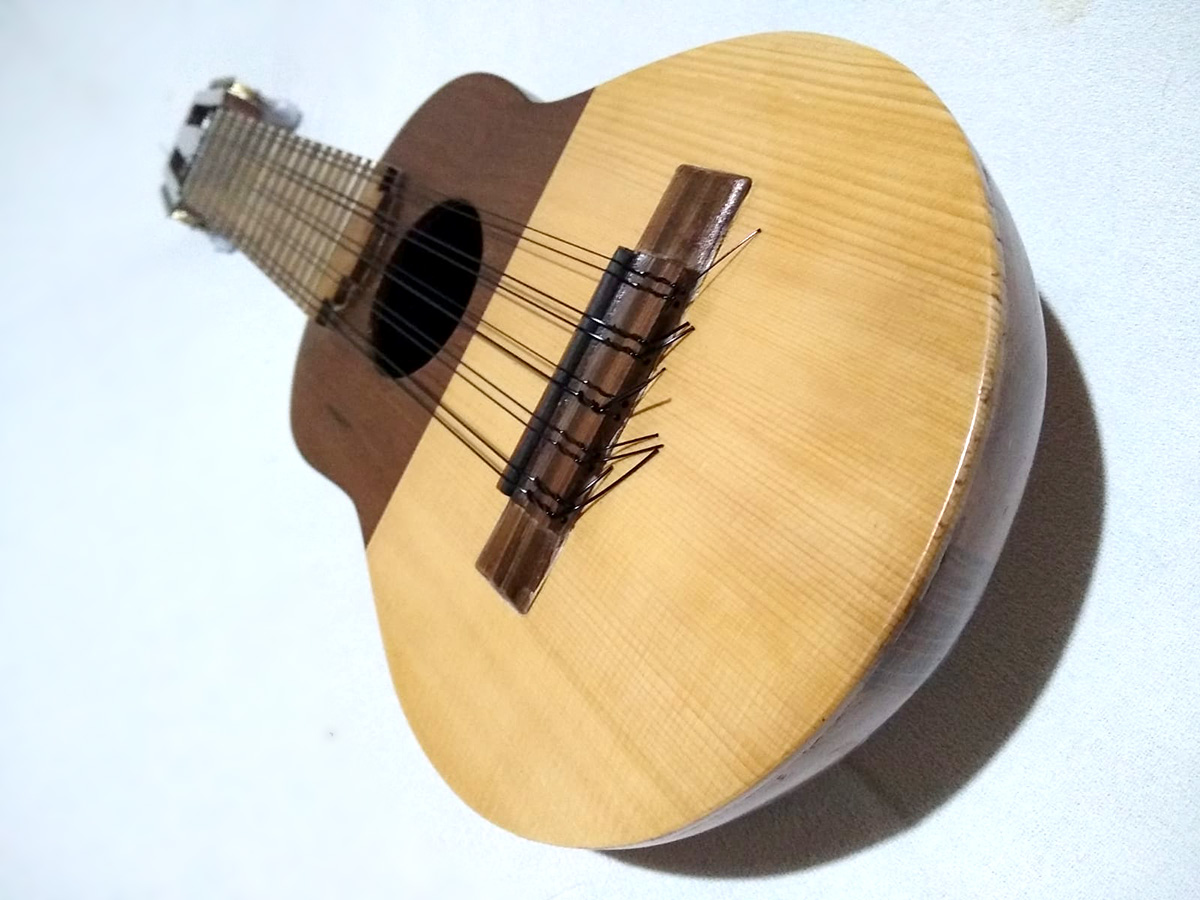

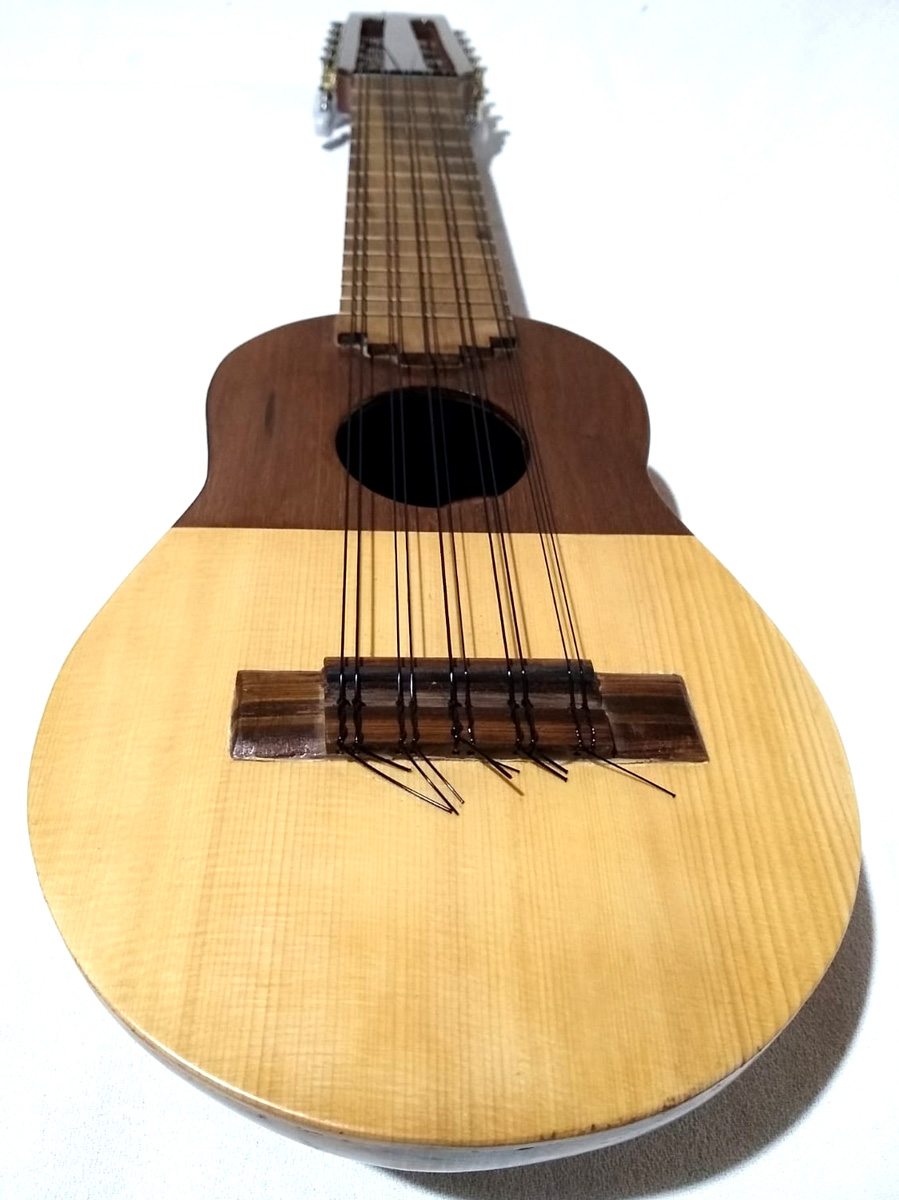

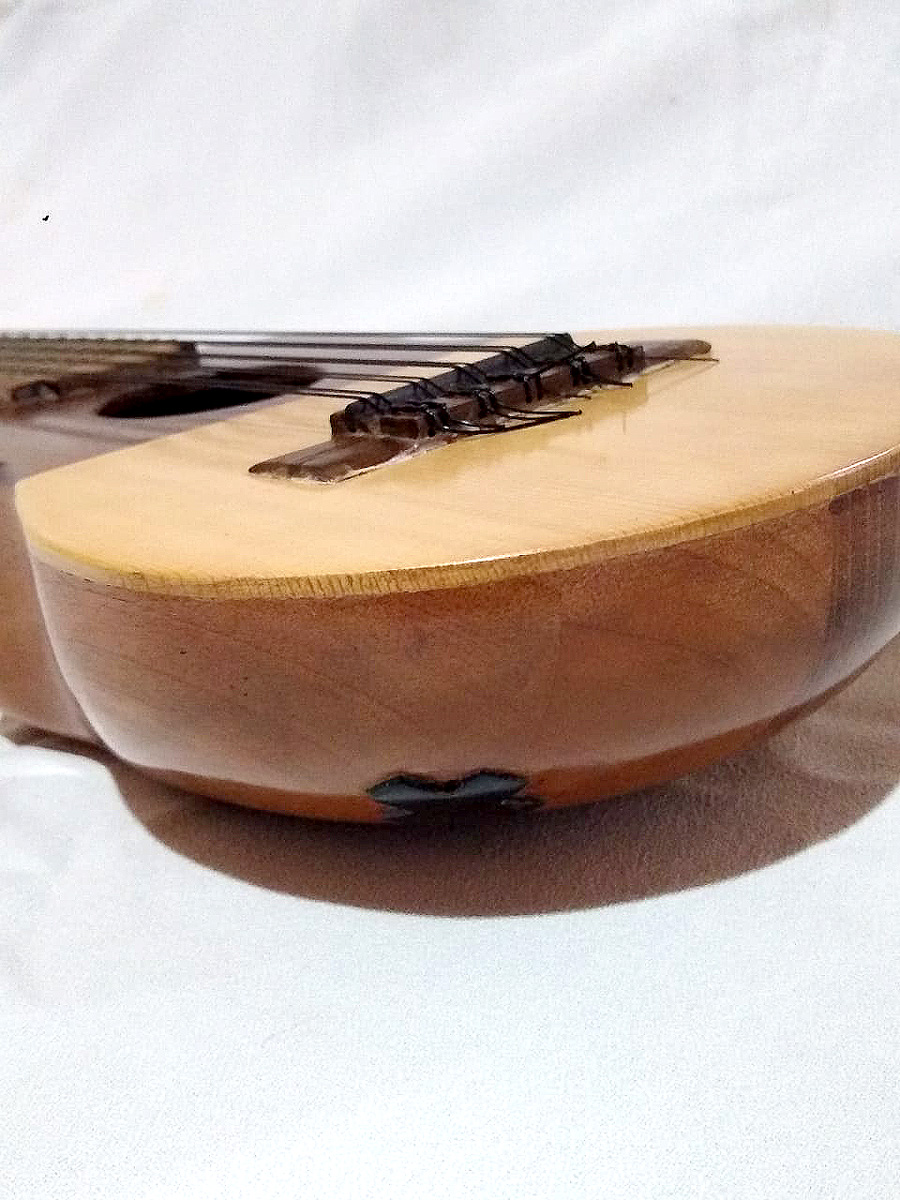
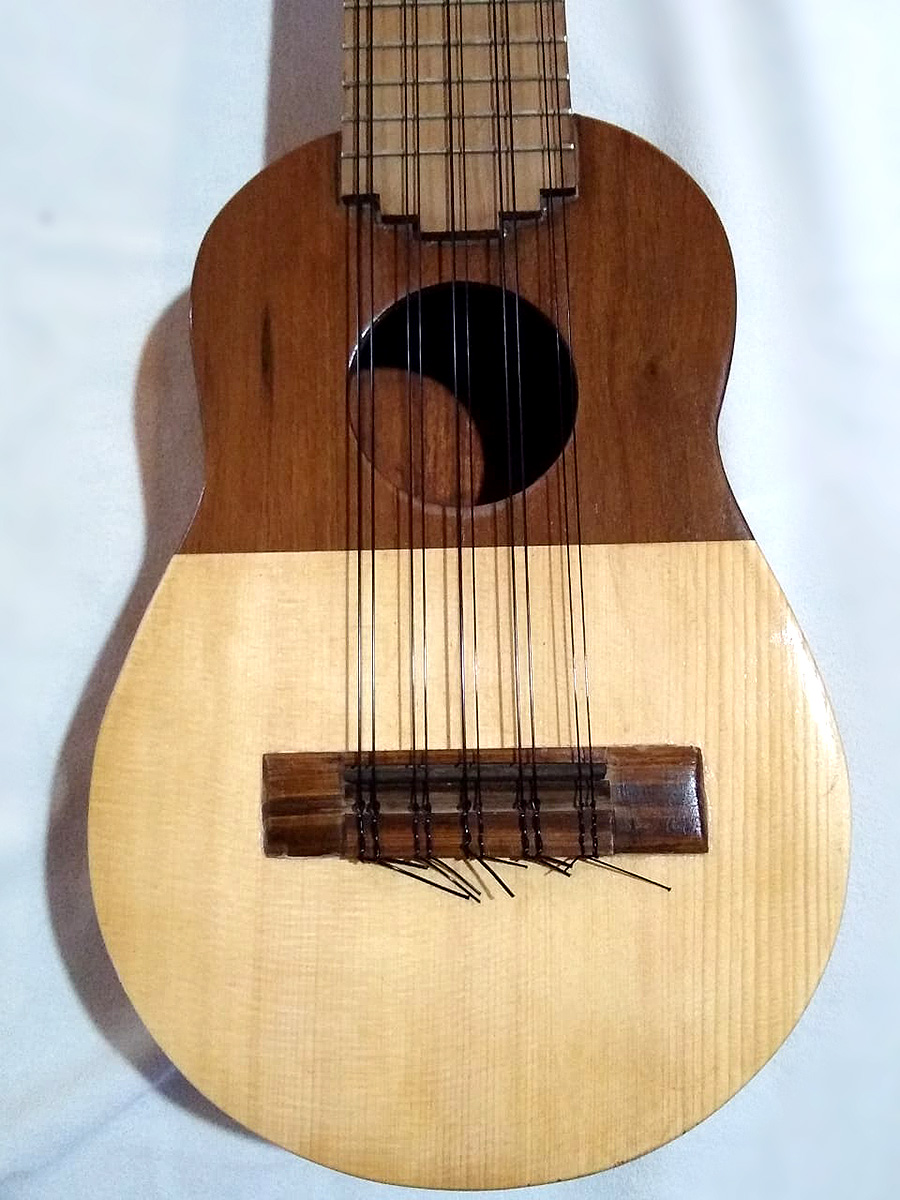
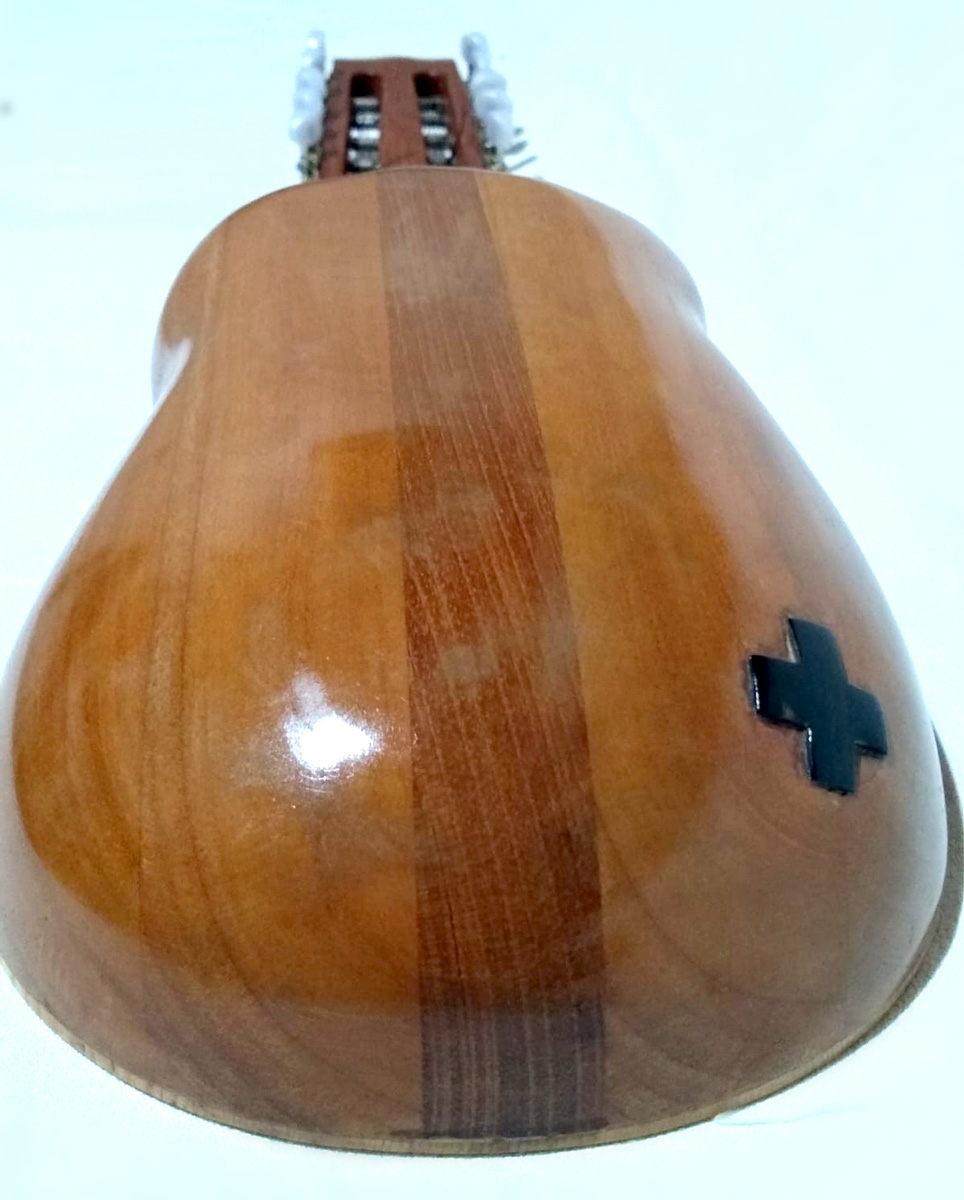
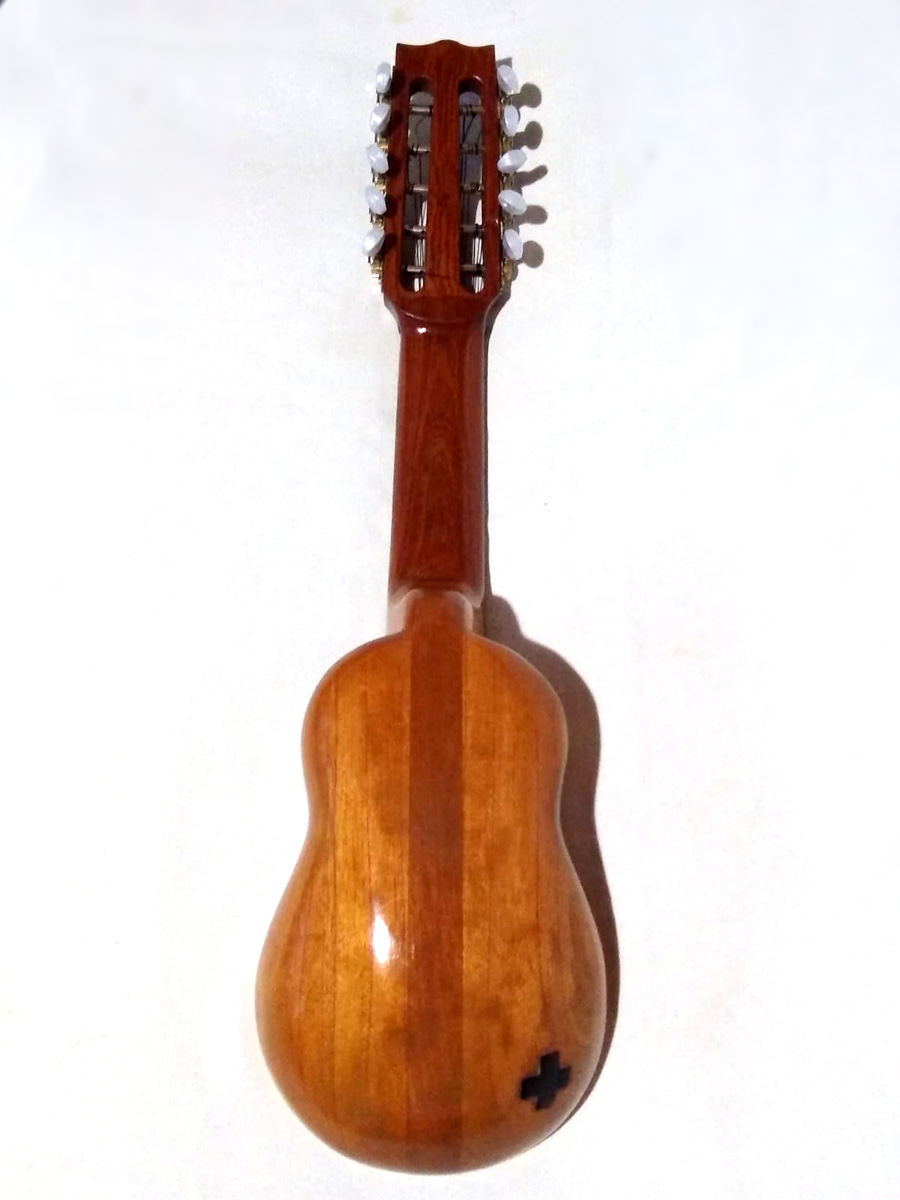
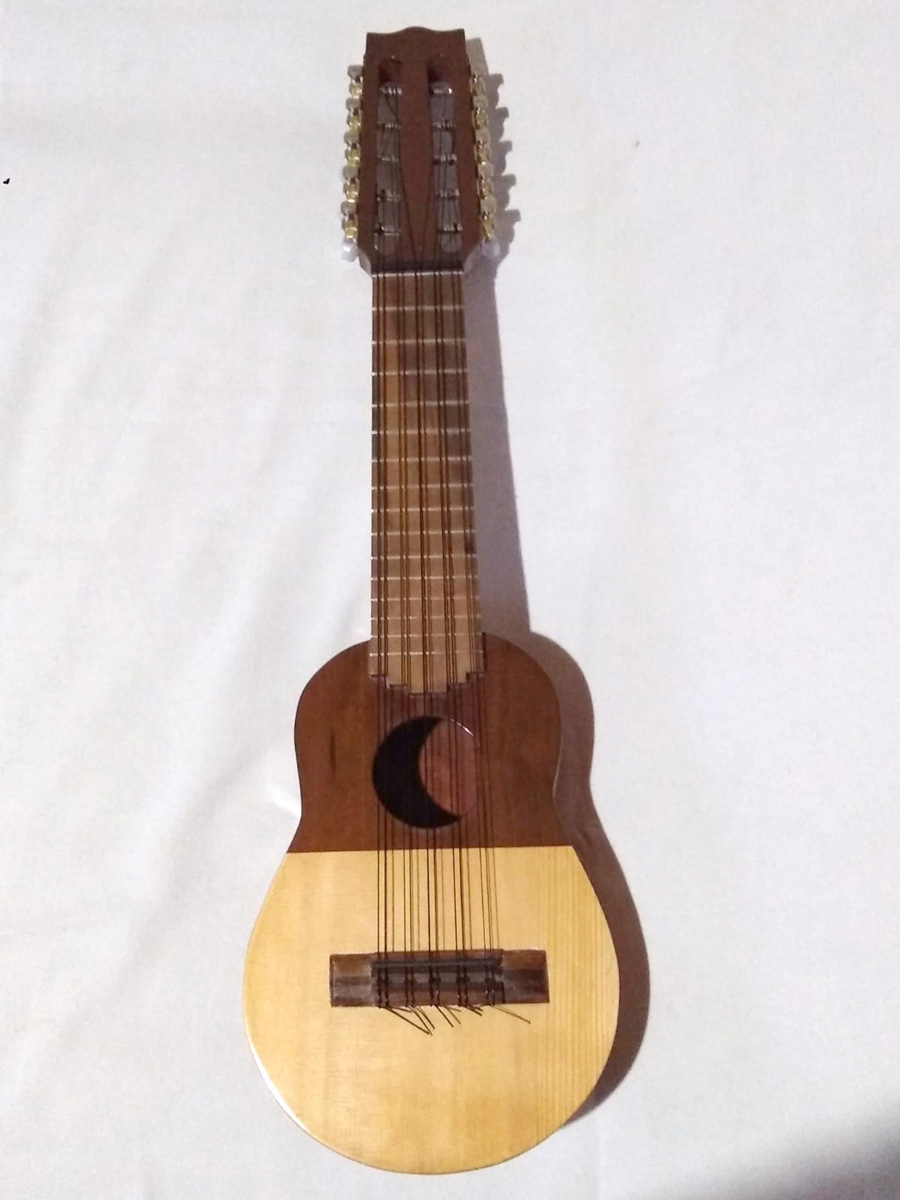

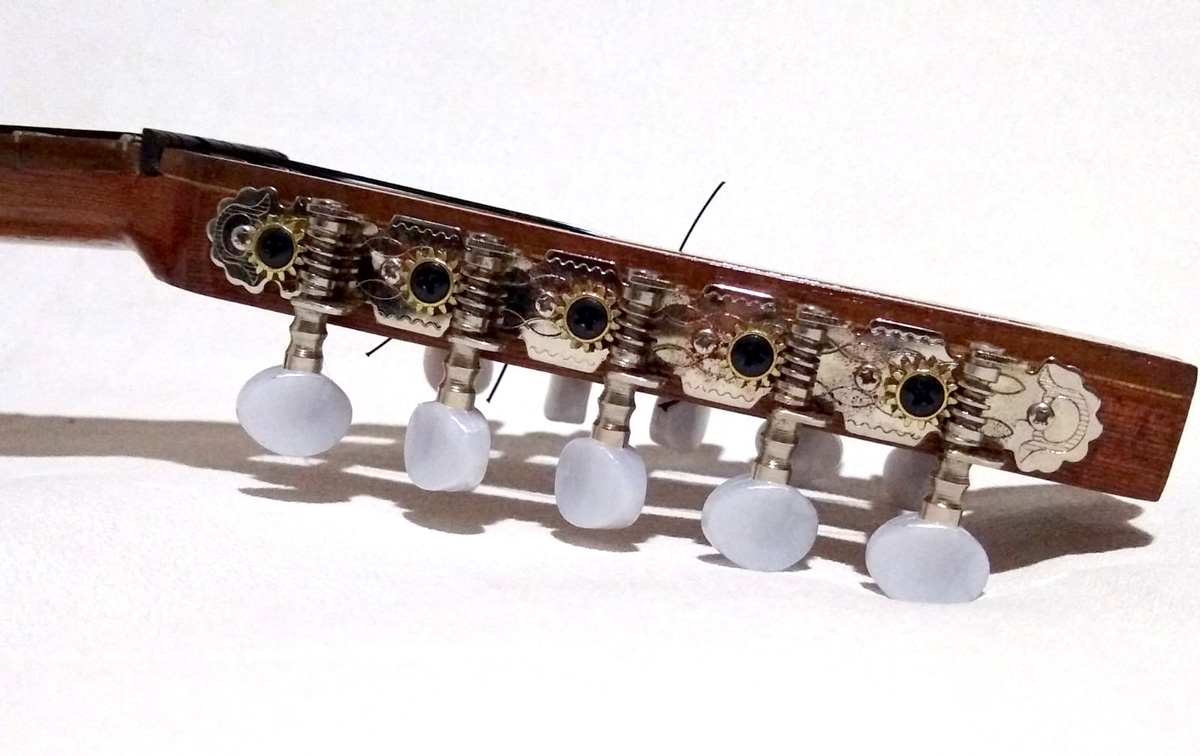
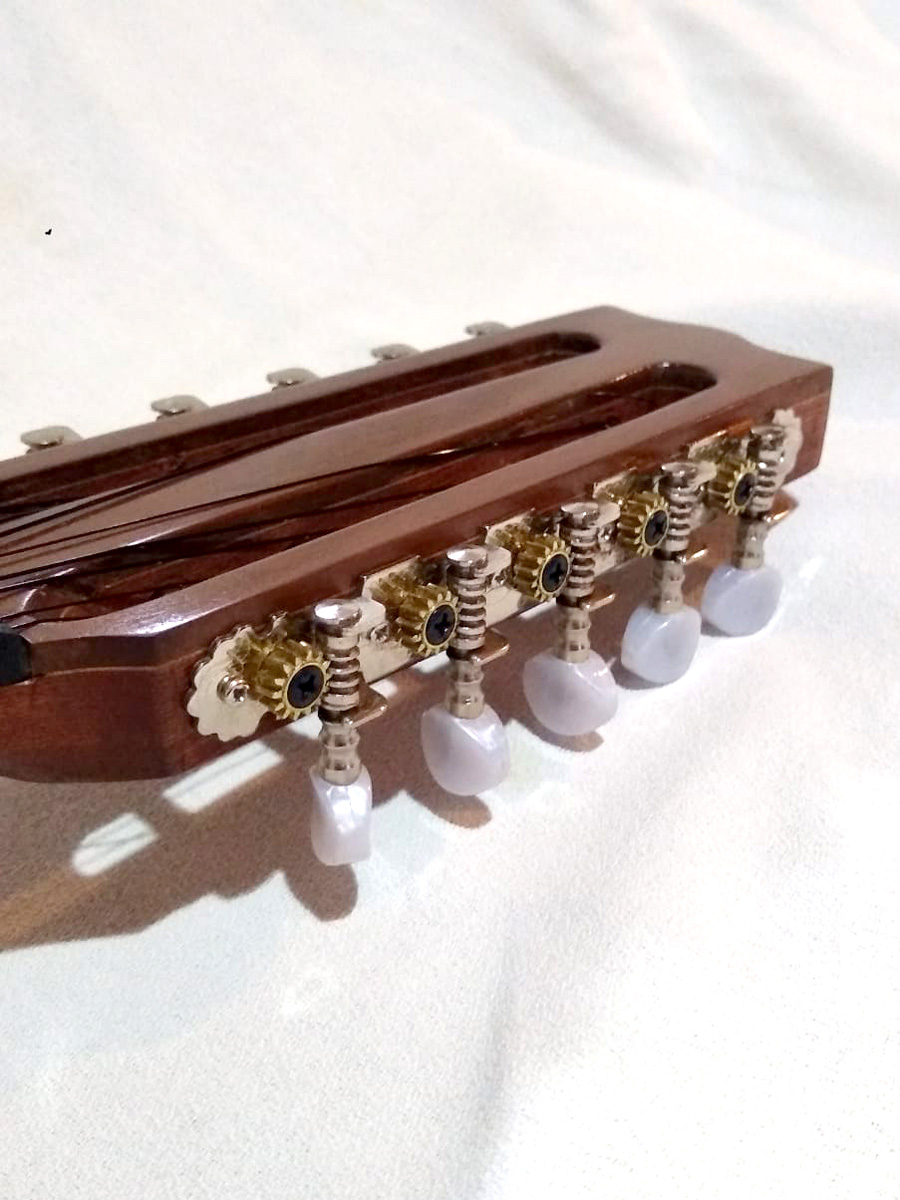
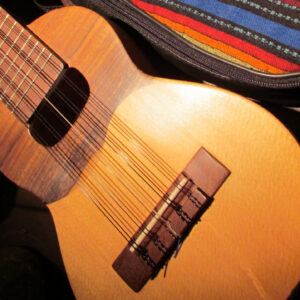
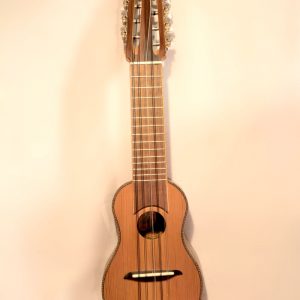



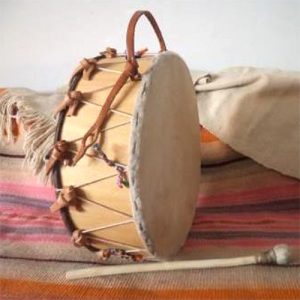
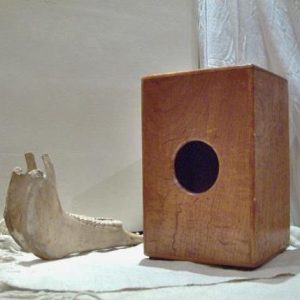
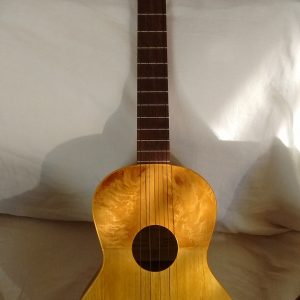
Reviews
There are no reviews yet.